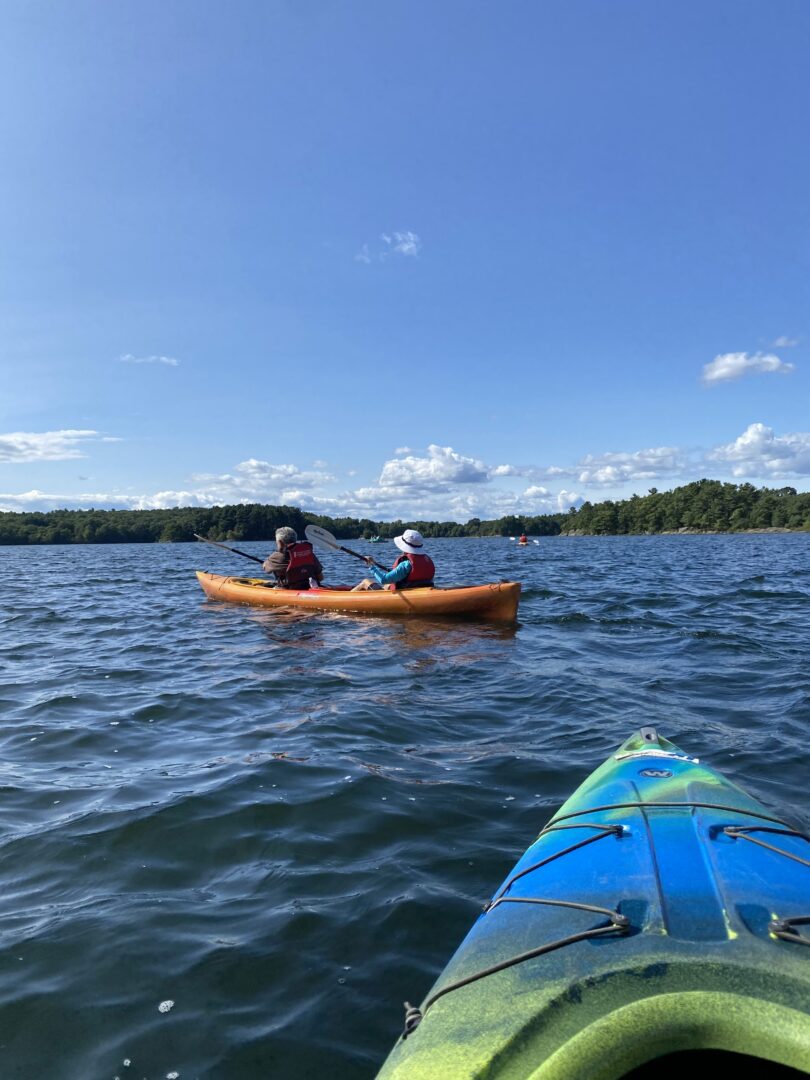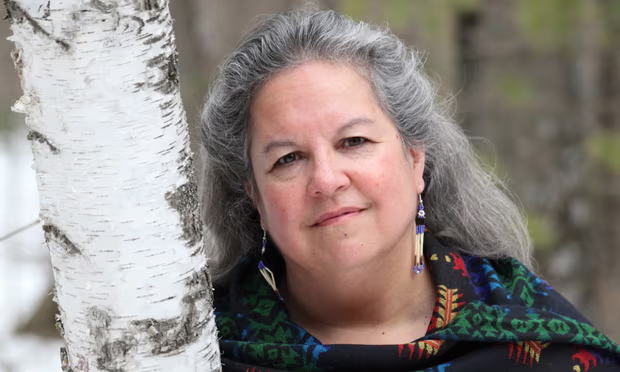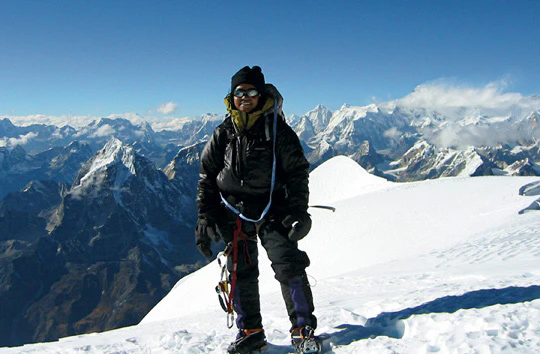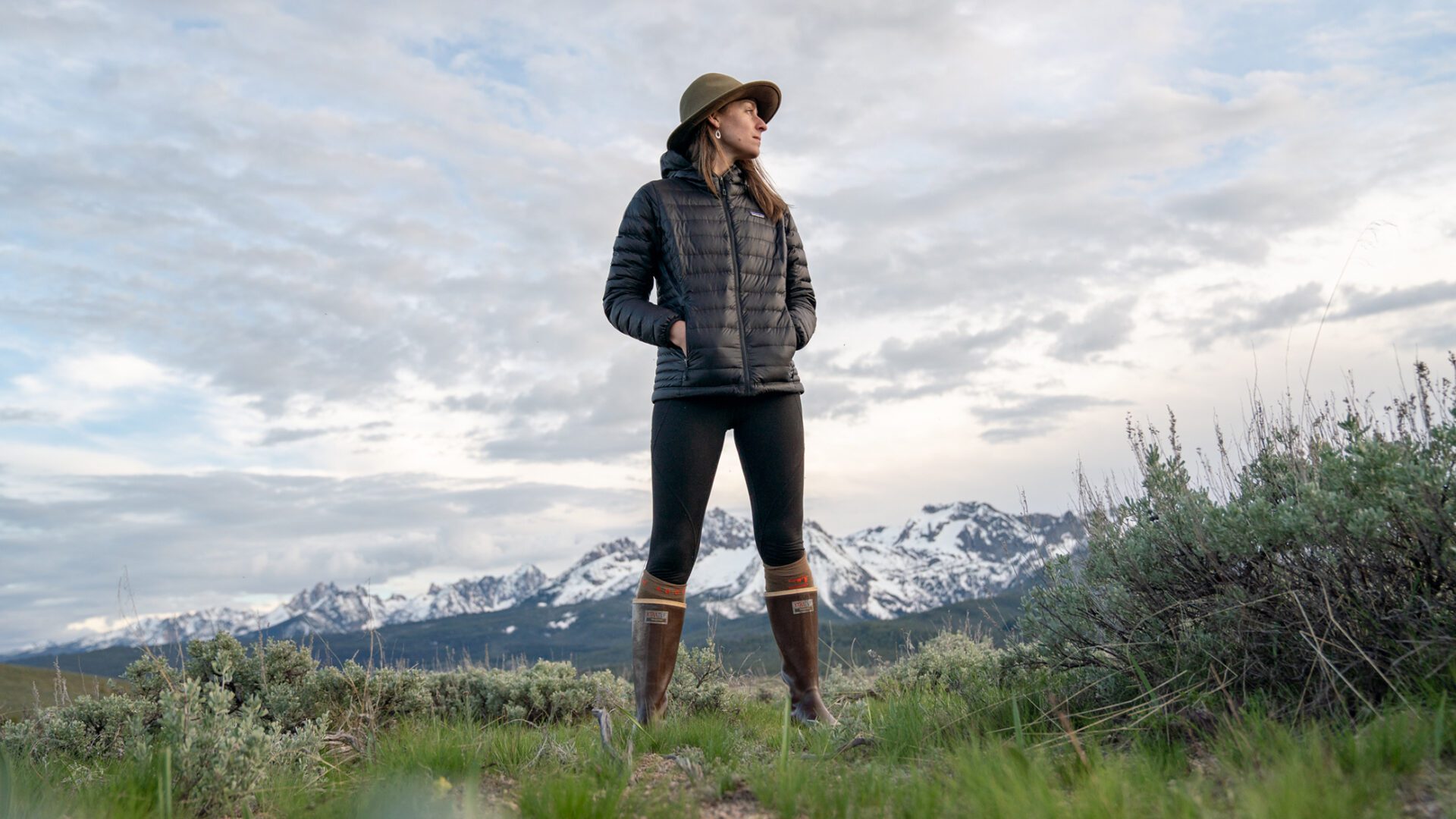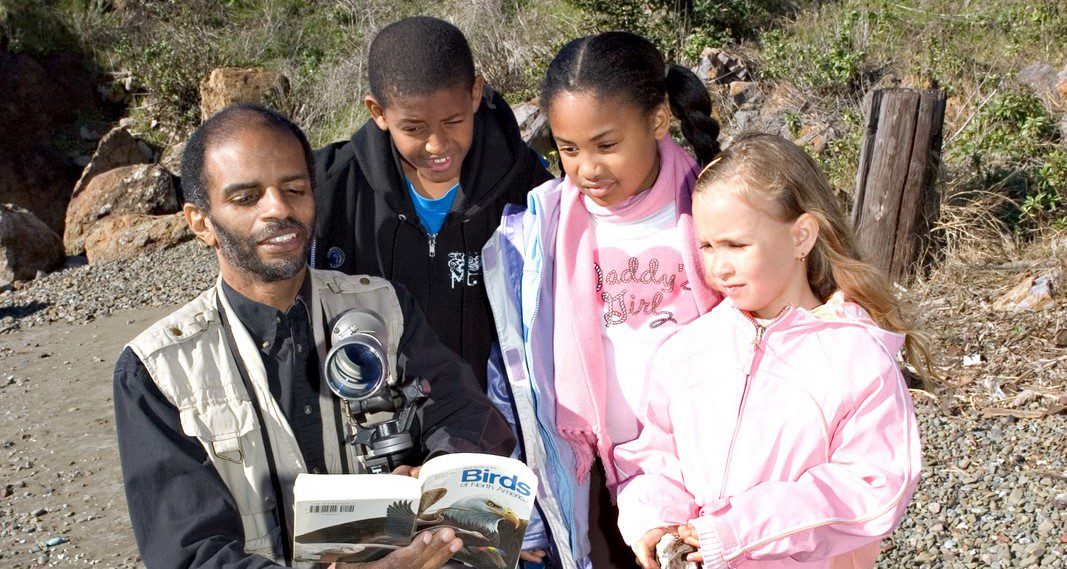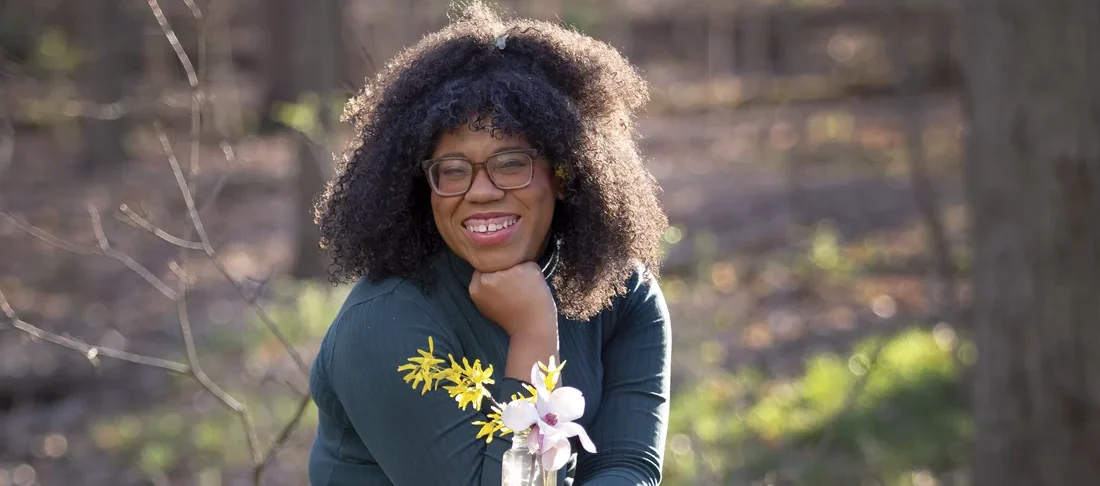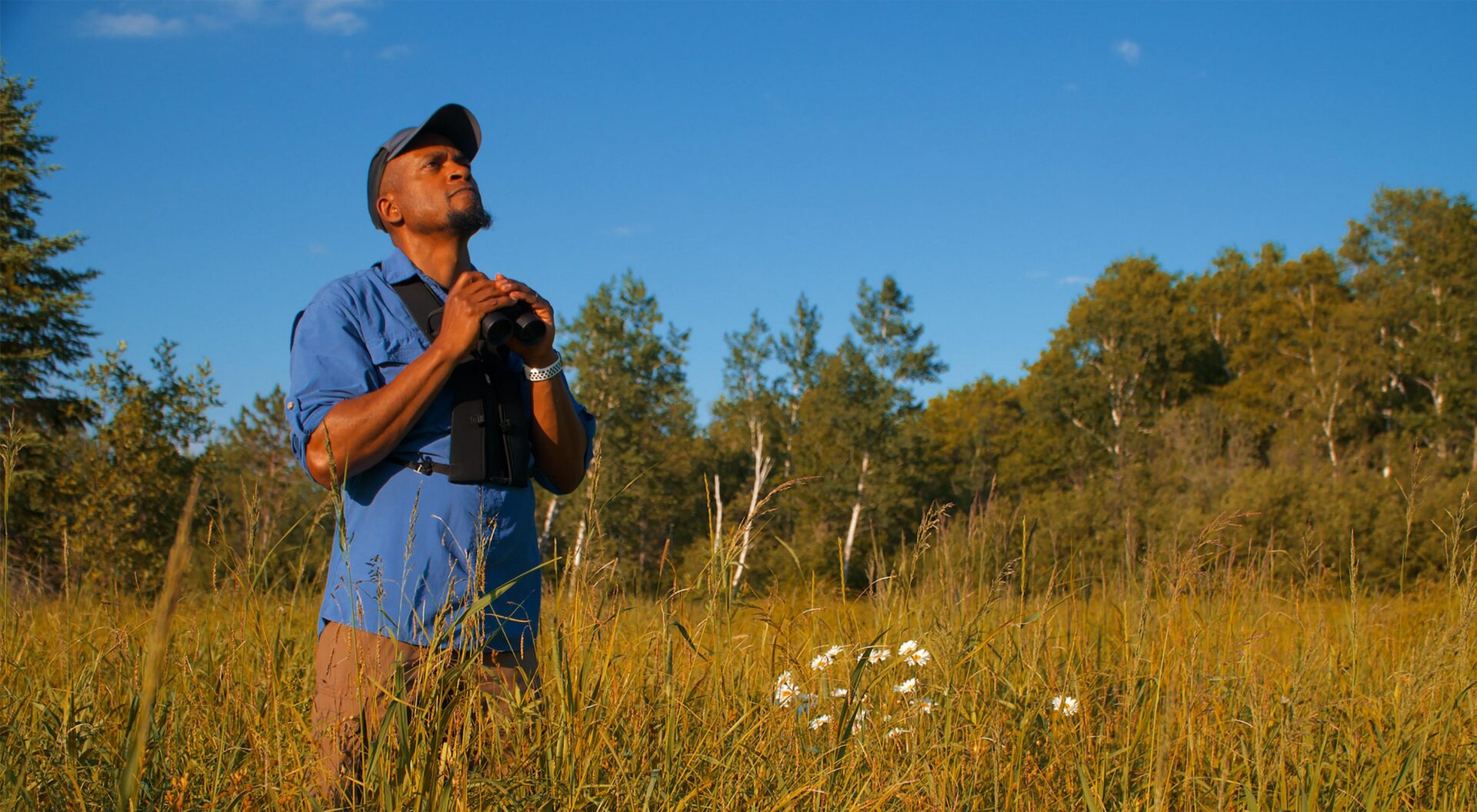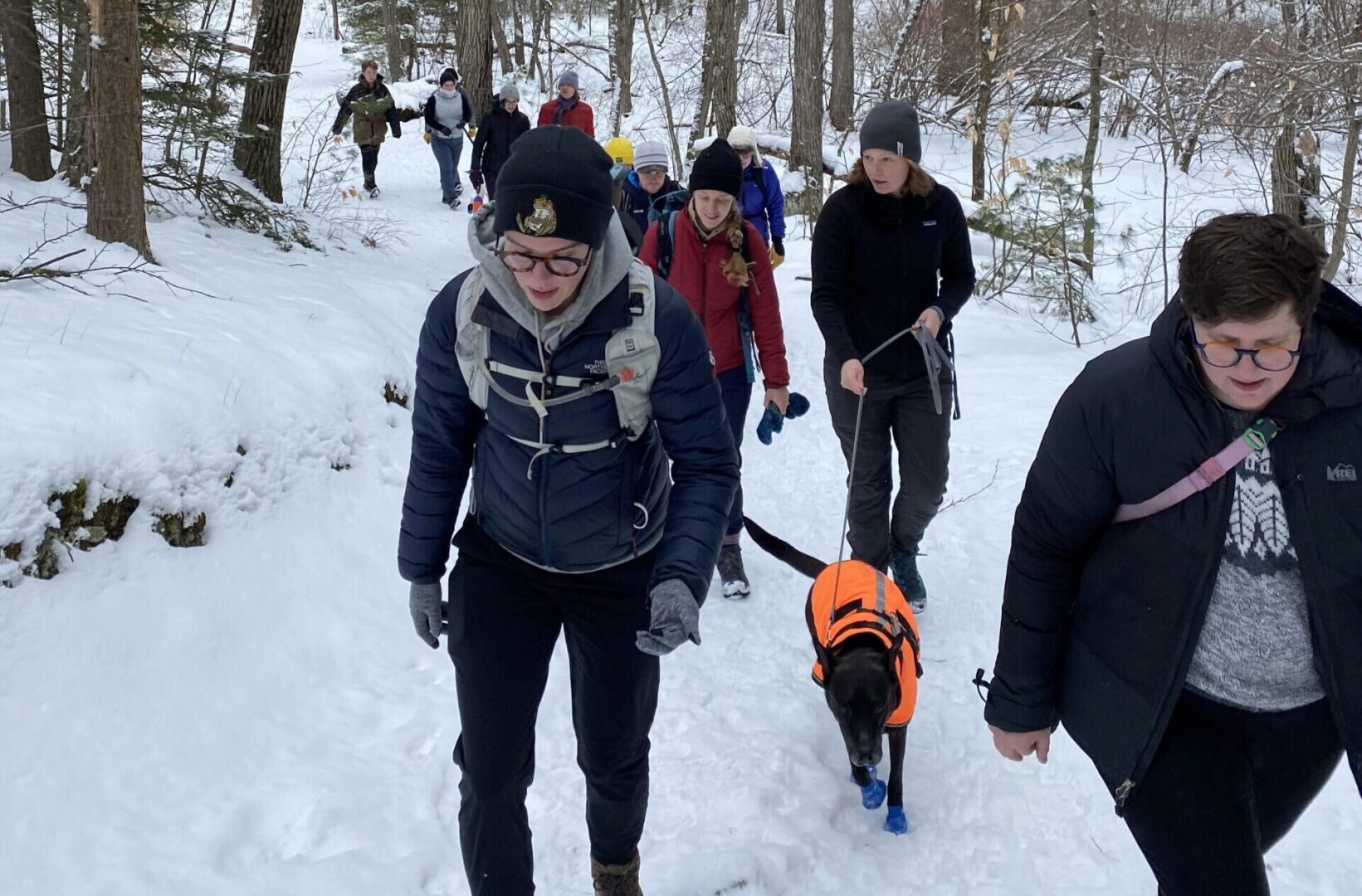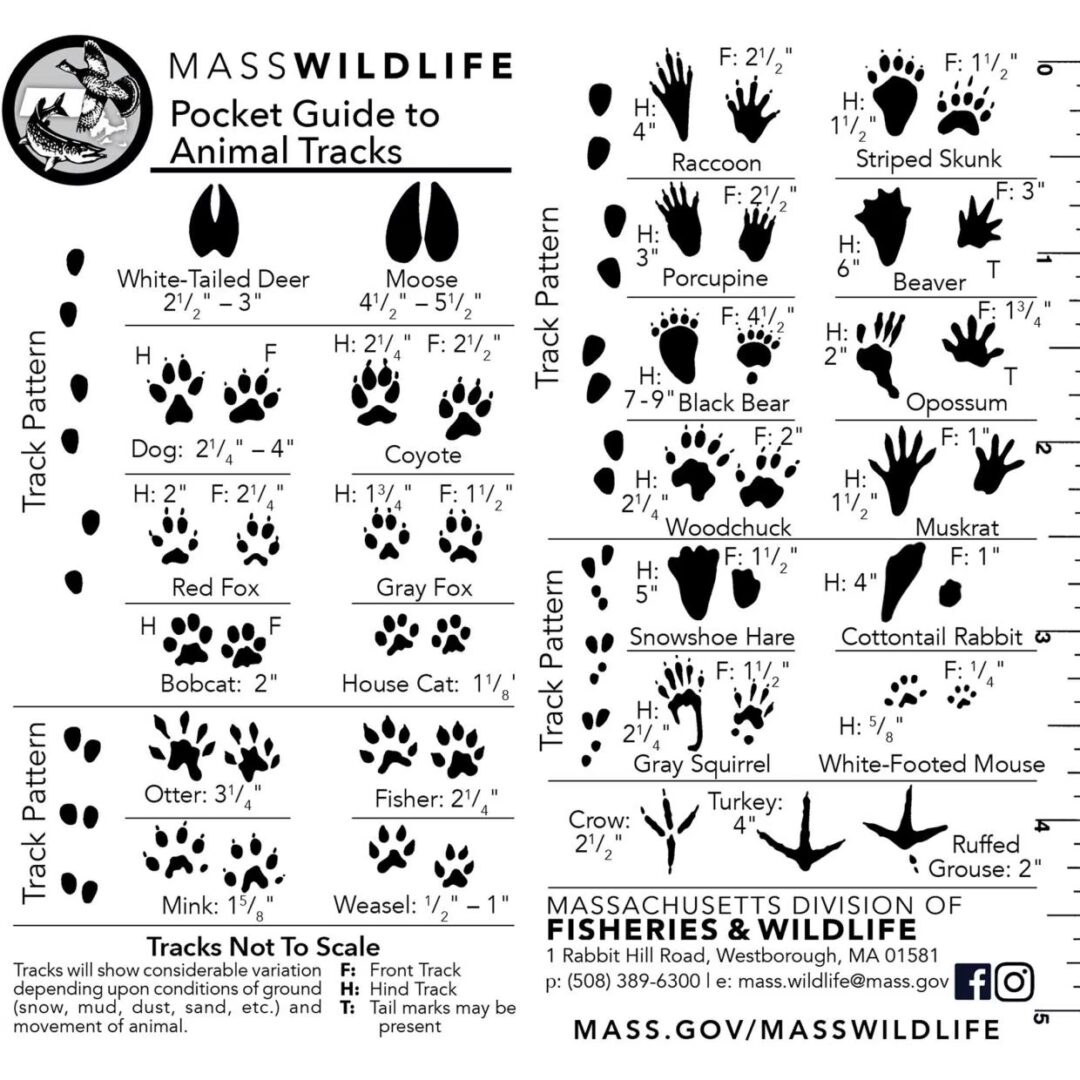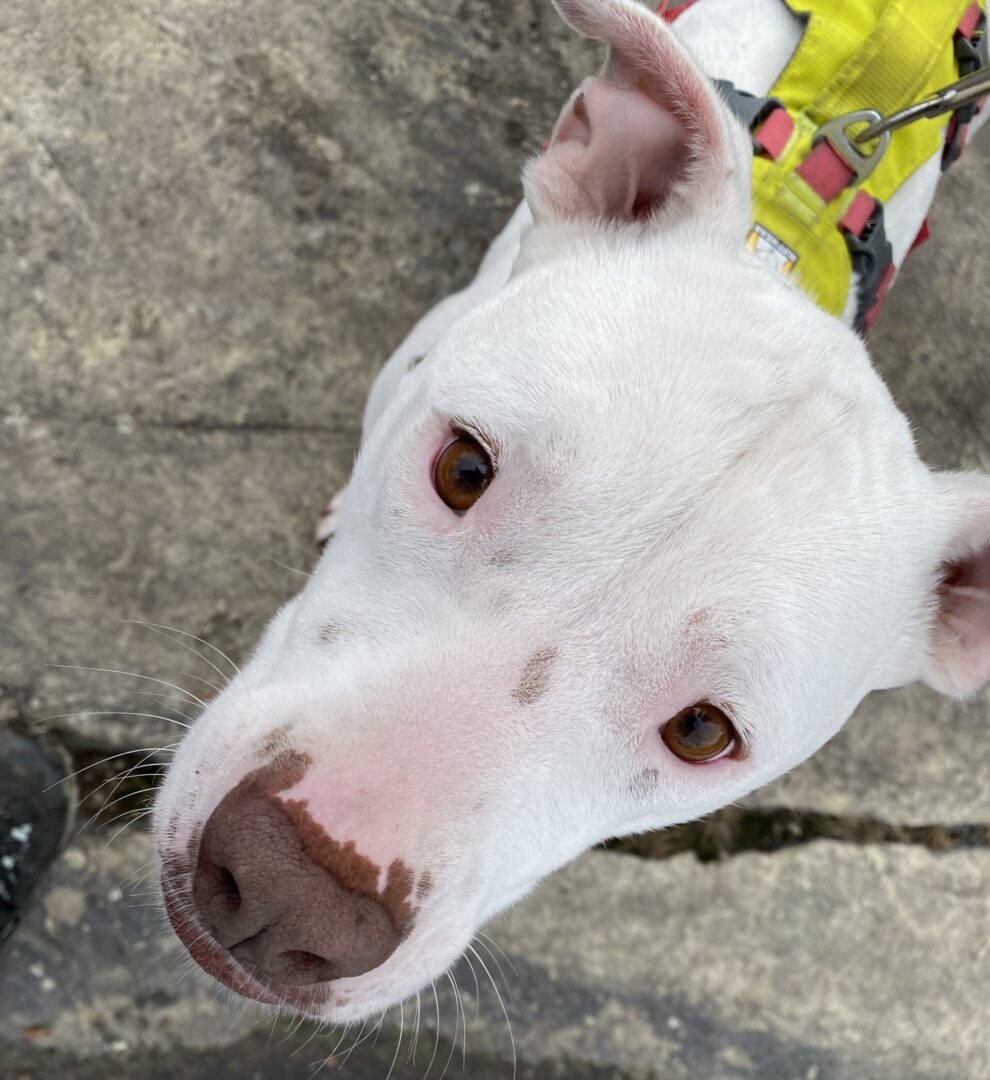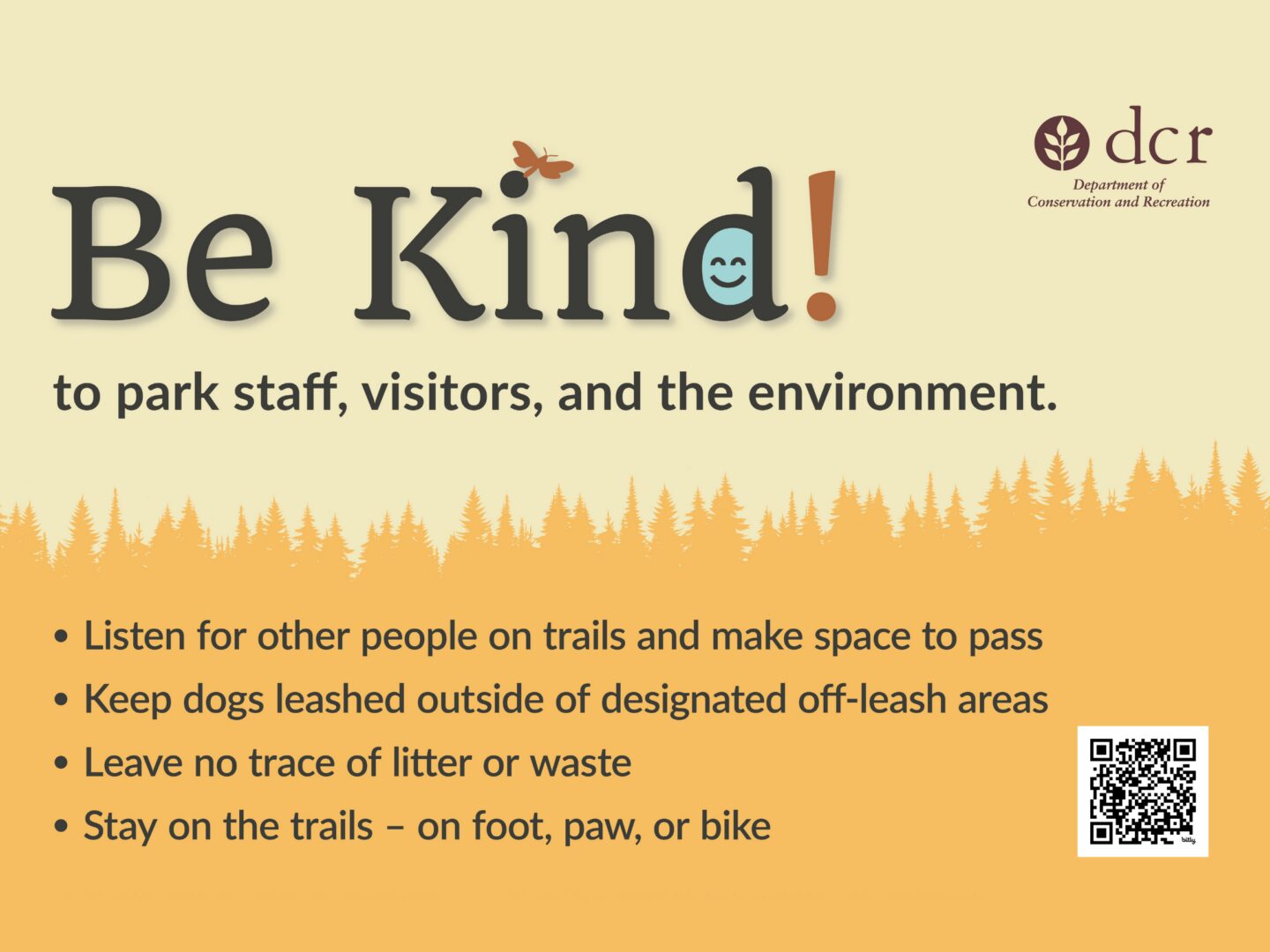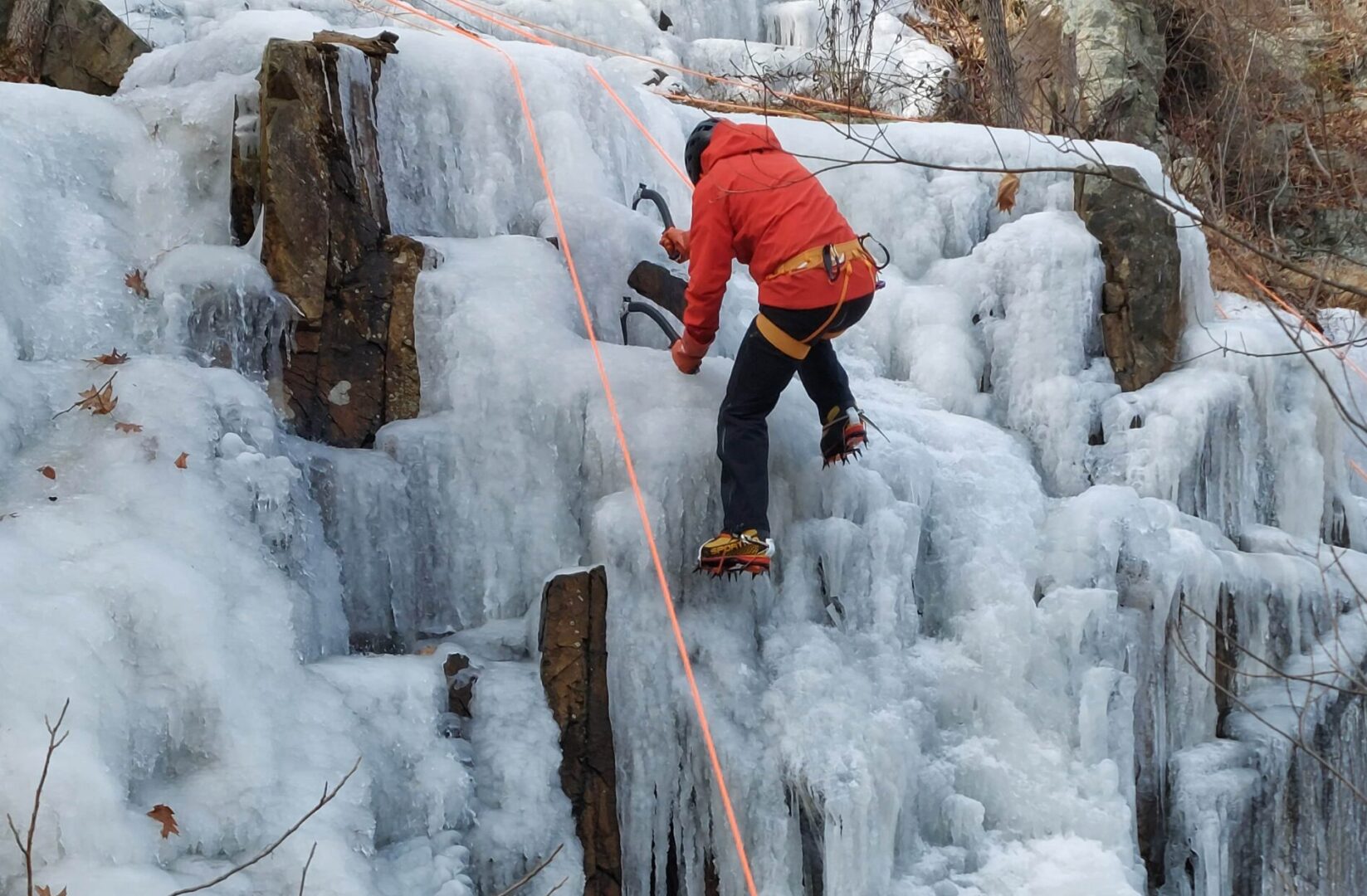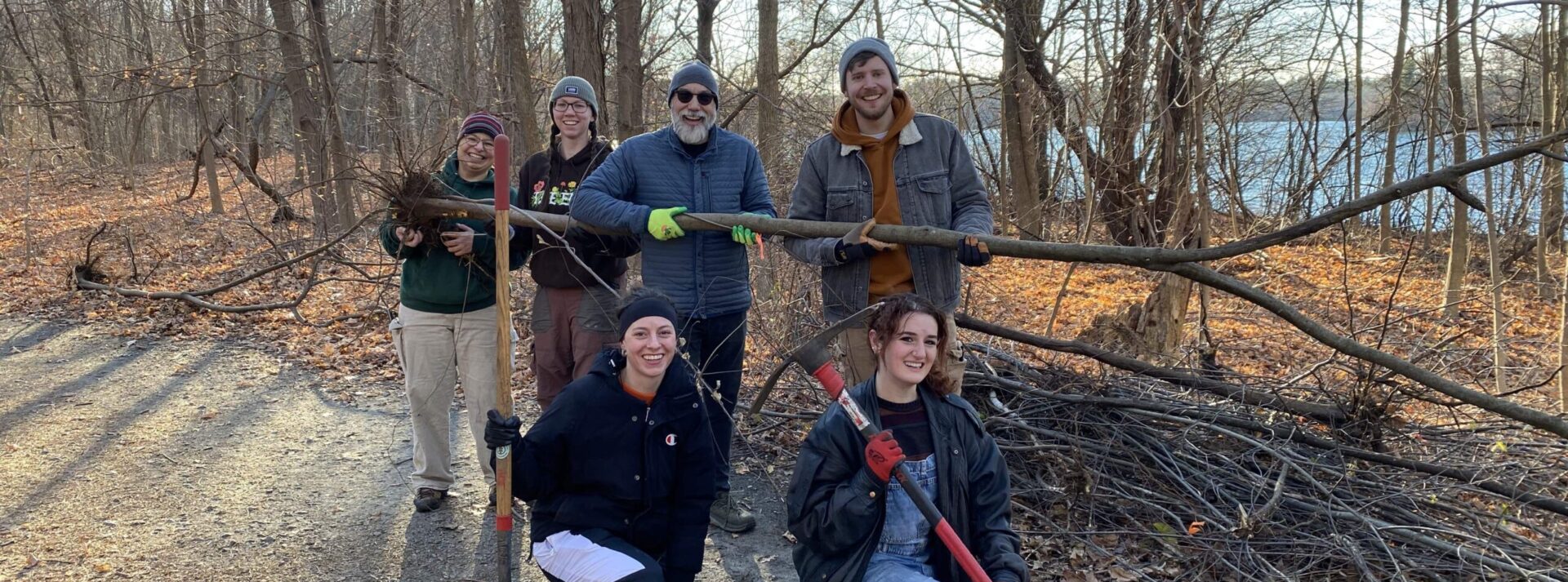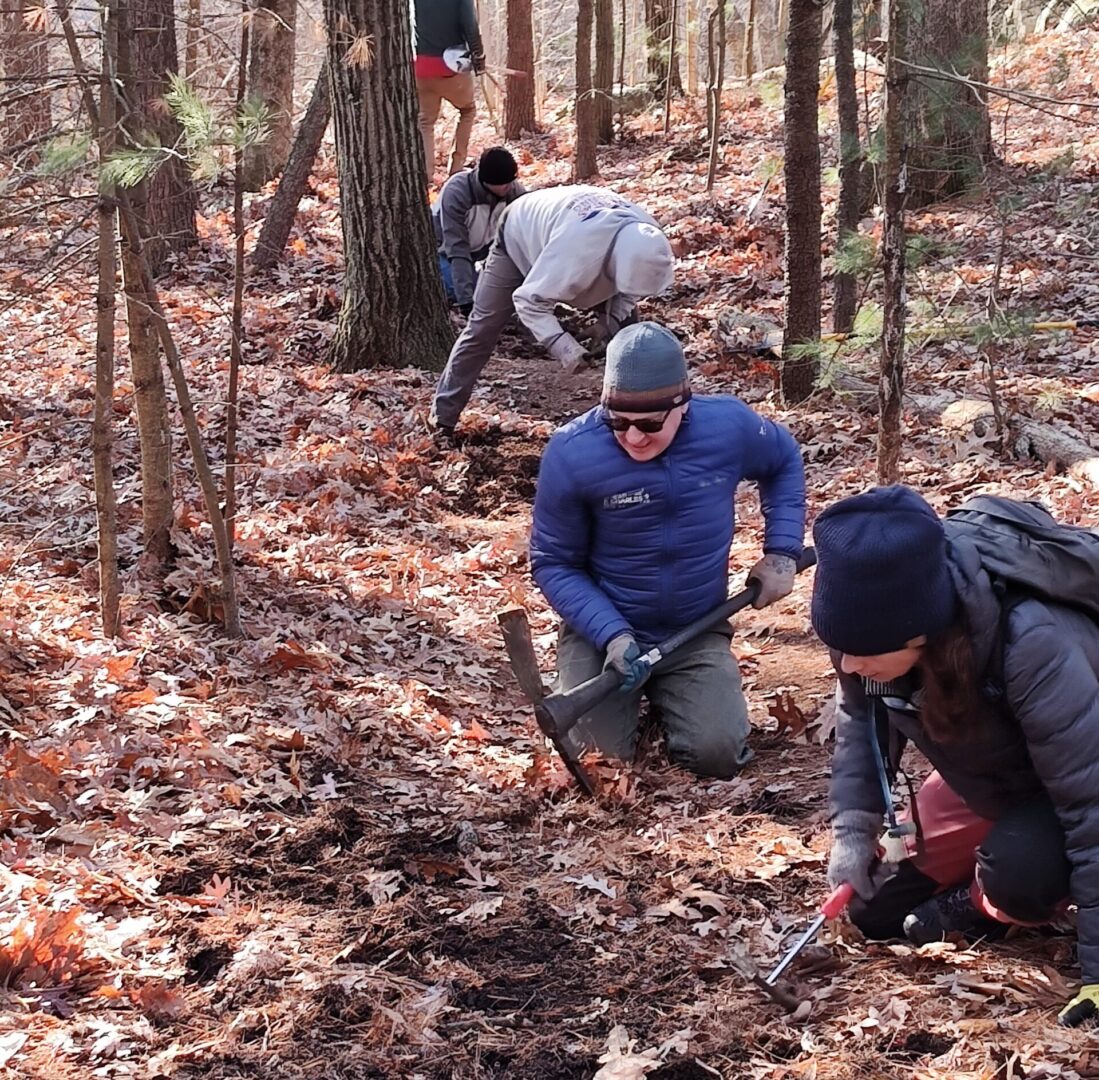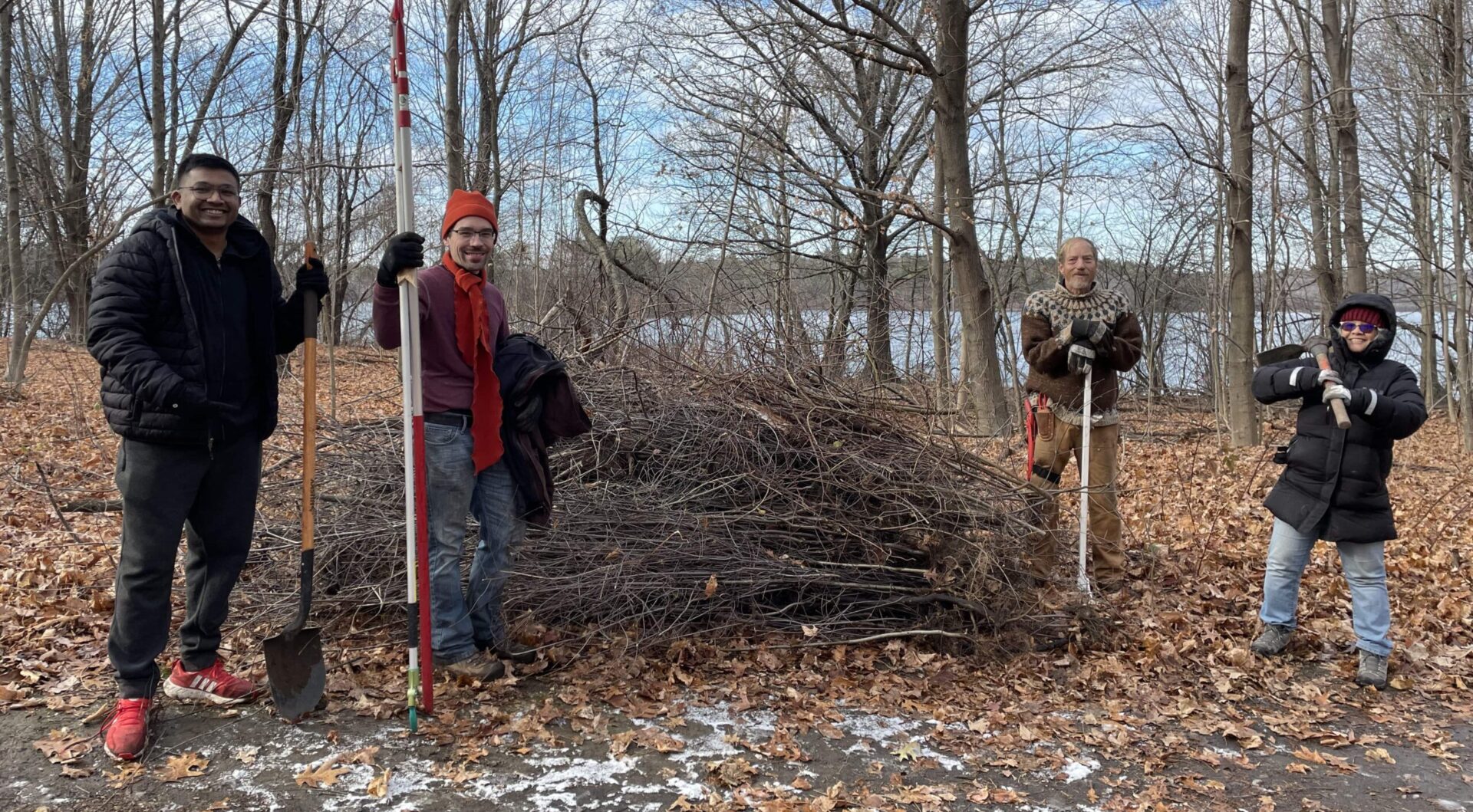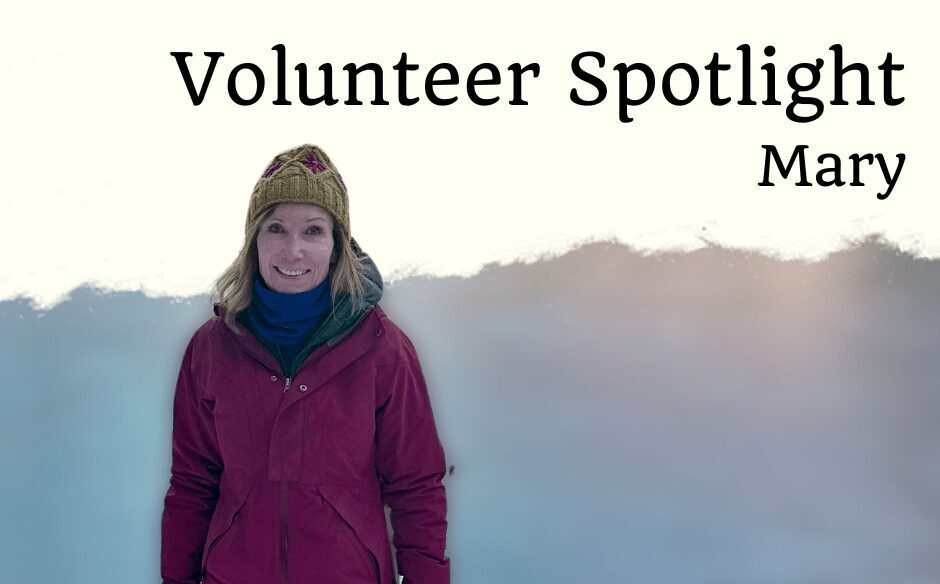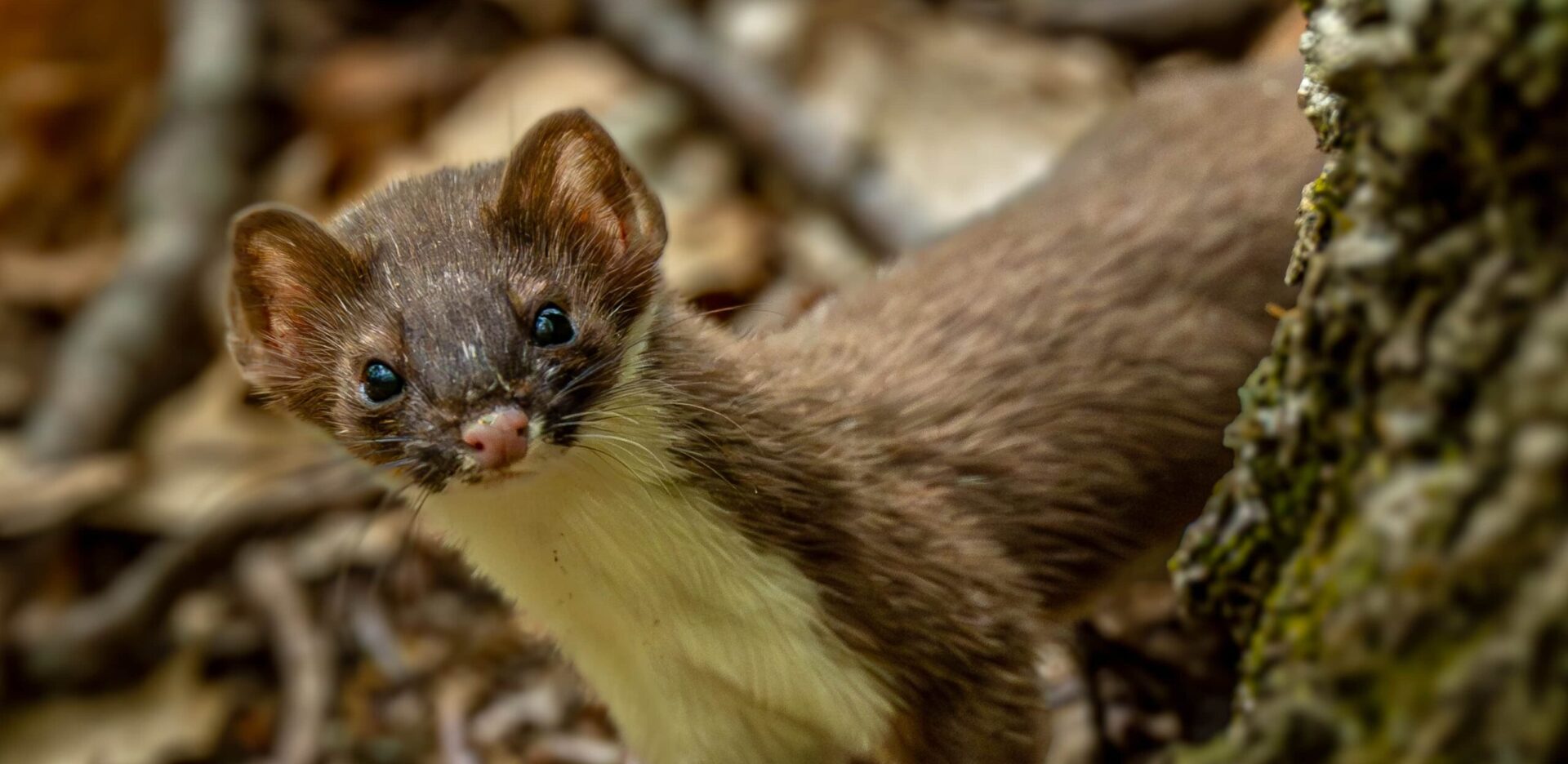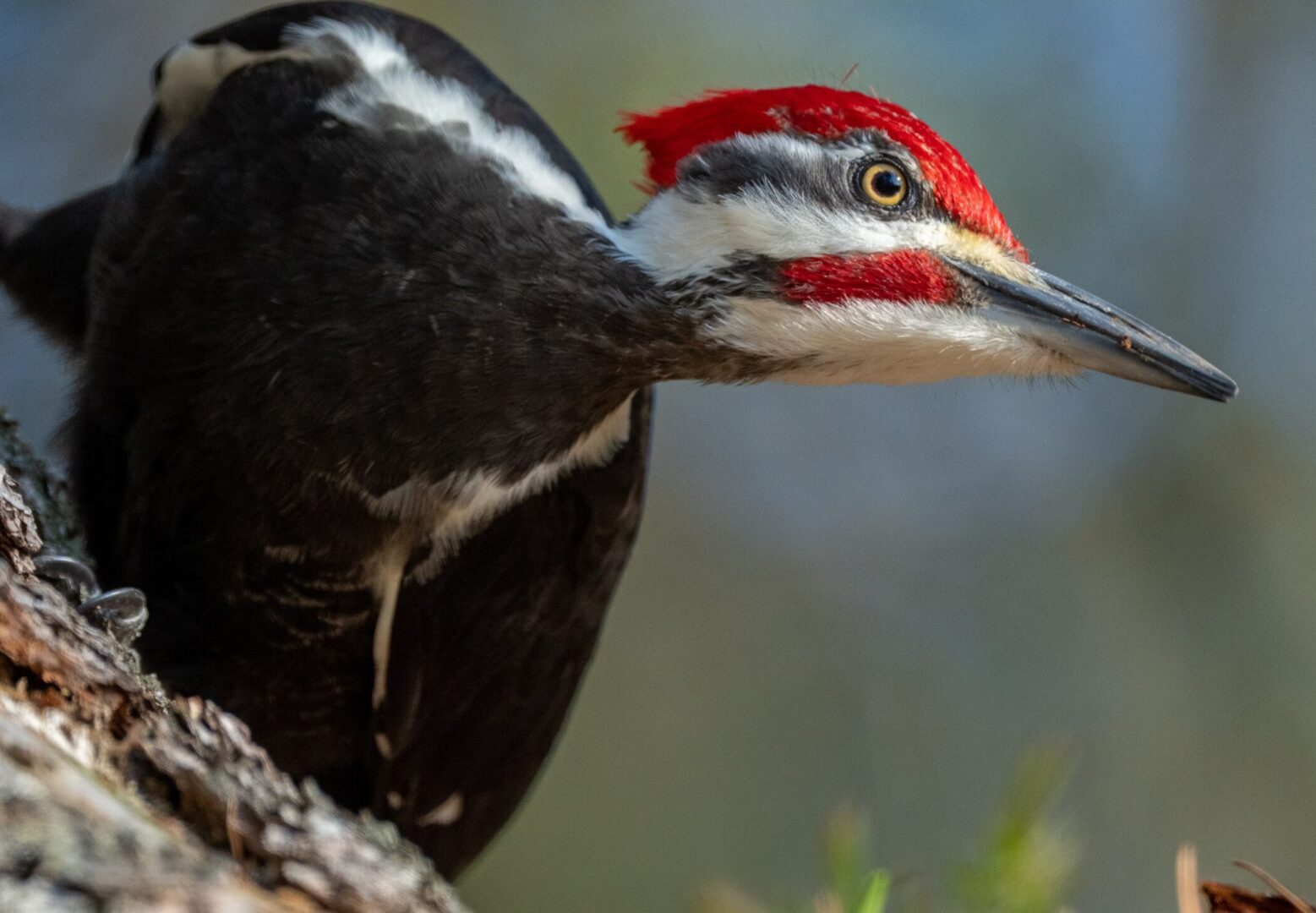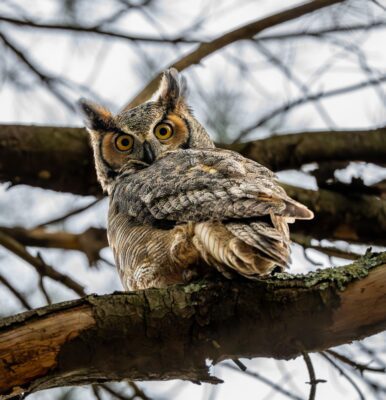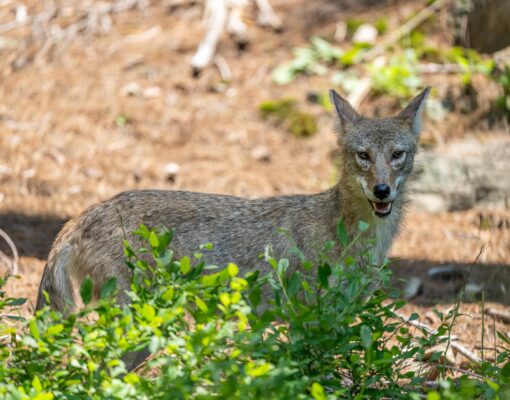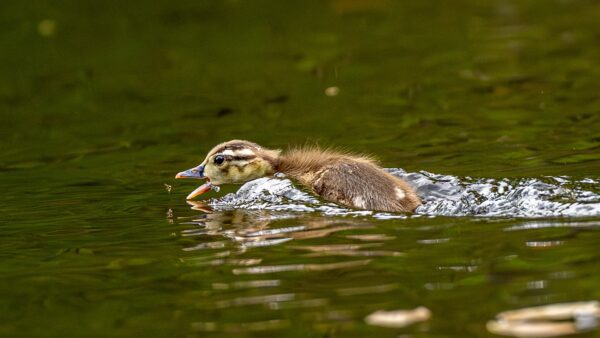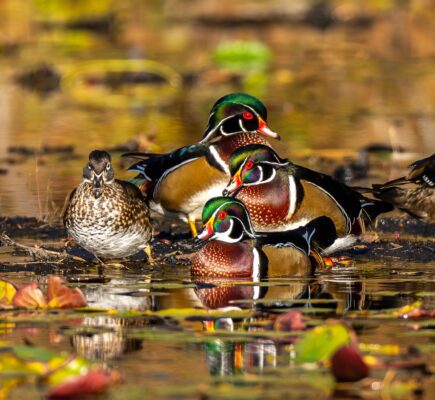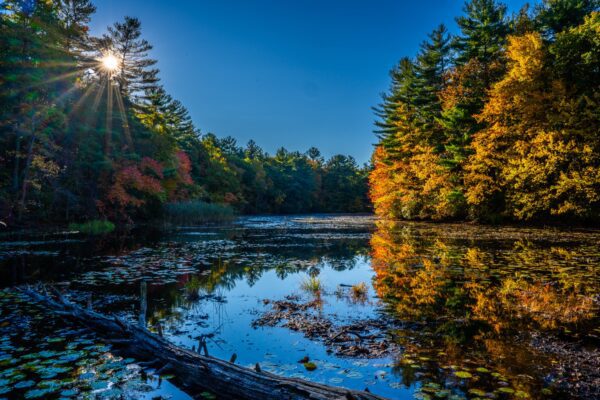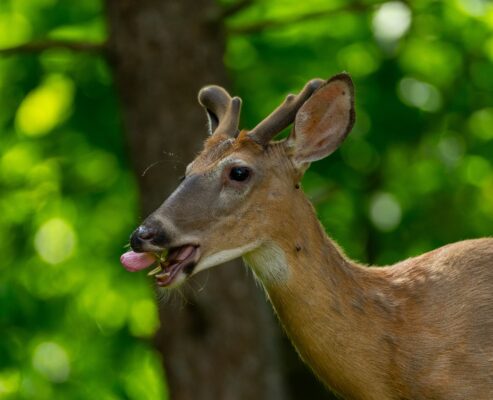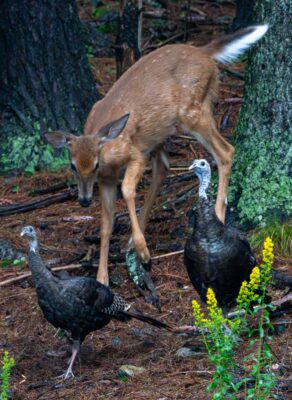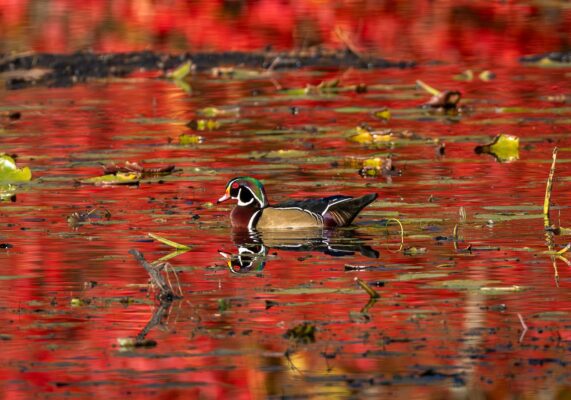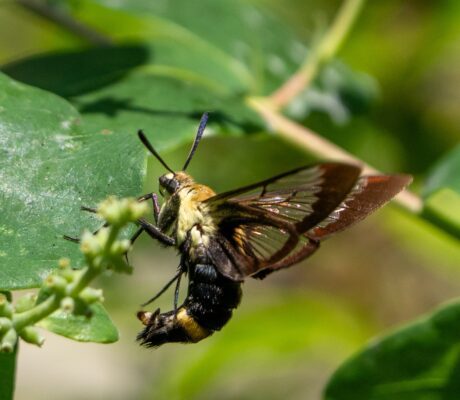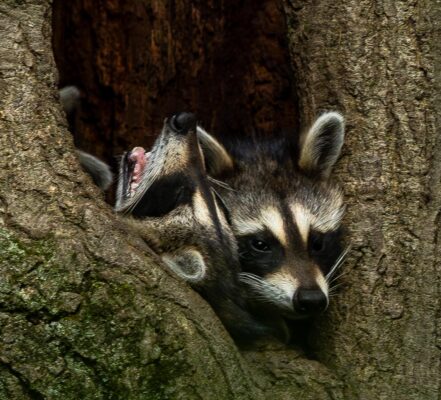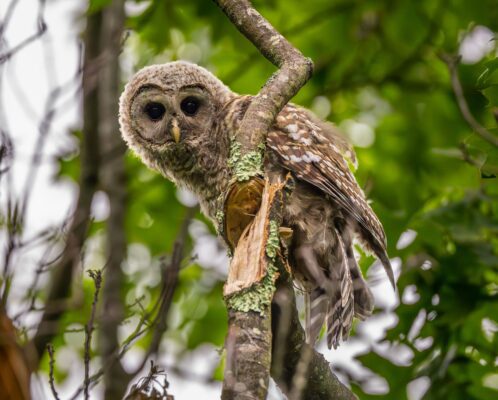Say hello to our members!
May is membership month! Meet some Friends of the Fells members and learn more about their connections to the Fells and the Friends.
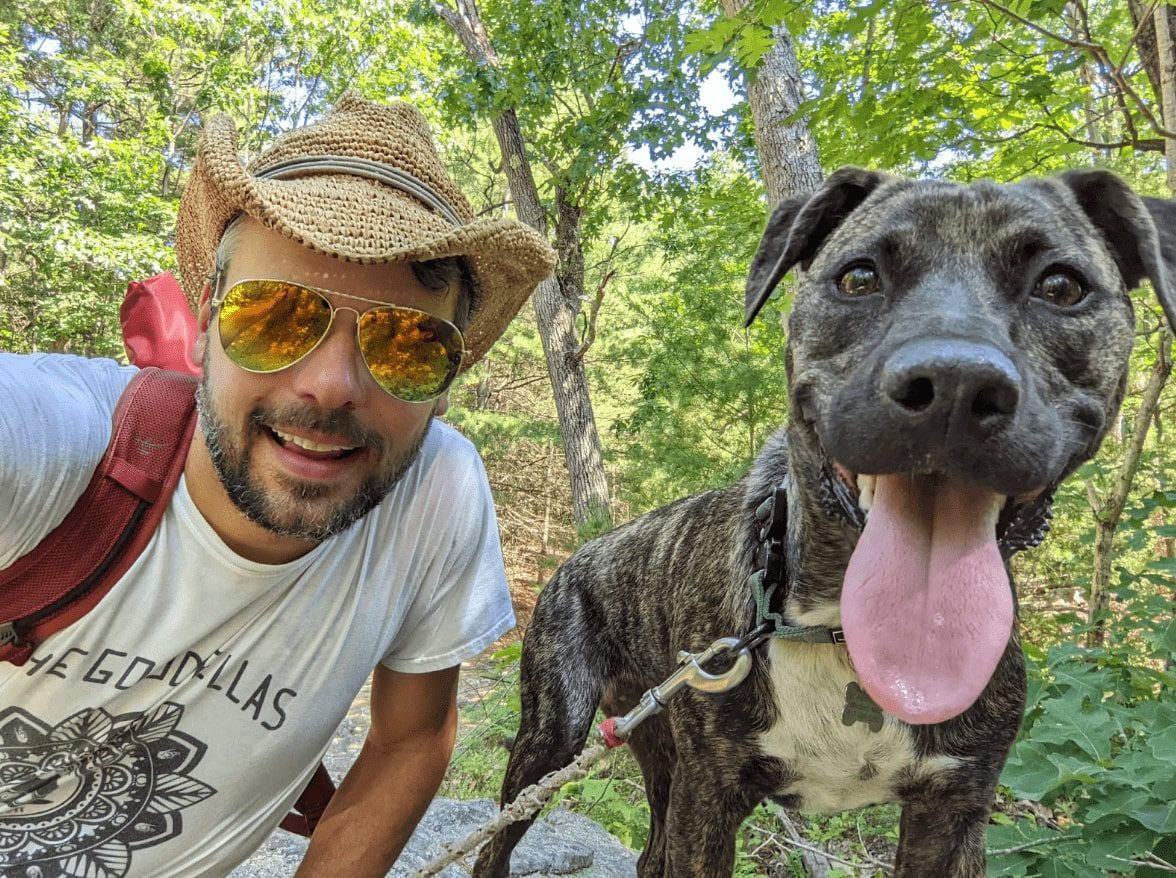
Dan Bender
Dan started his company, wilderscaping, after developing a passion for invasive plant management as a Friends of the Fells trail adopter. He also volunteers with the New England Aquarium. When the Aquarium partnered with Friends of the Fells for a classic core volunteer day, his two worlds collided in a serendipitous invasive buckthorn mitigation event that brought together a great team of folks for a memorable and enriching experience.
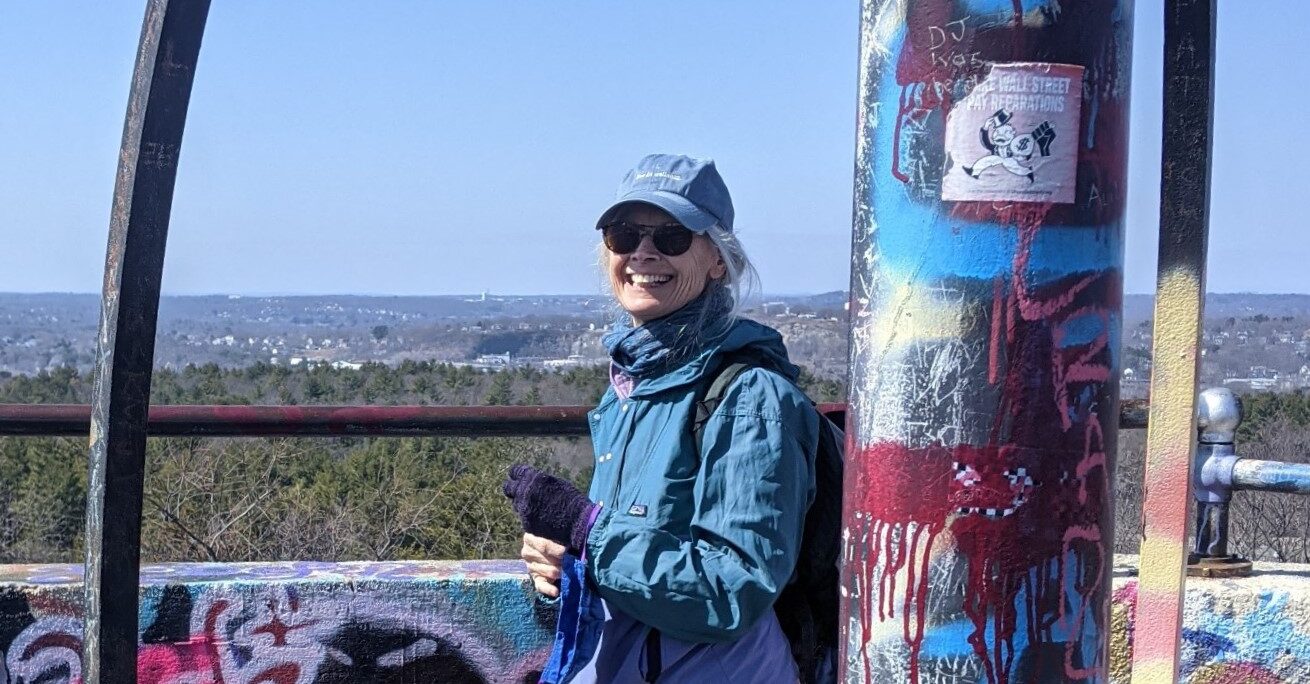
Regina Gibbons
“Friends of the Fell offers both a breath of fresh air and a stable foundation in this turbulent world. The members, volunteers, and crew are hardworking and good-humored. I come away from every encounter uplifted and refreshed. FOF leadership team and staff are as solid and dependable as the ancient rock formations of The Fells. Connection to the land and to community is what has allowed our species to survive. Join us, won’t you?”
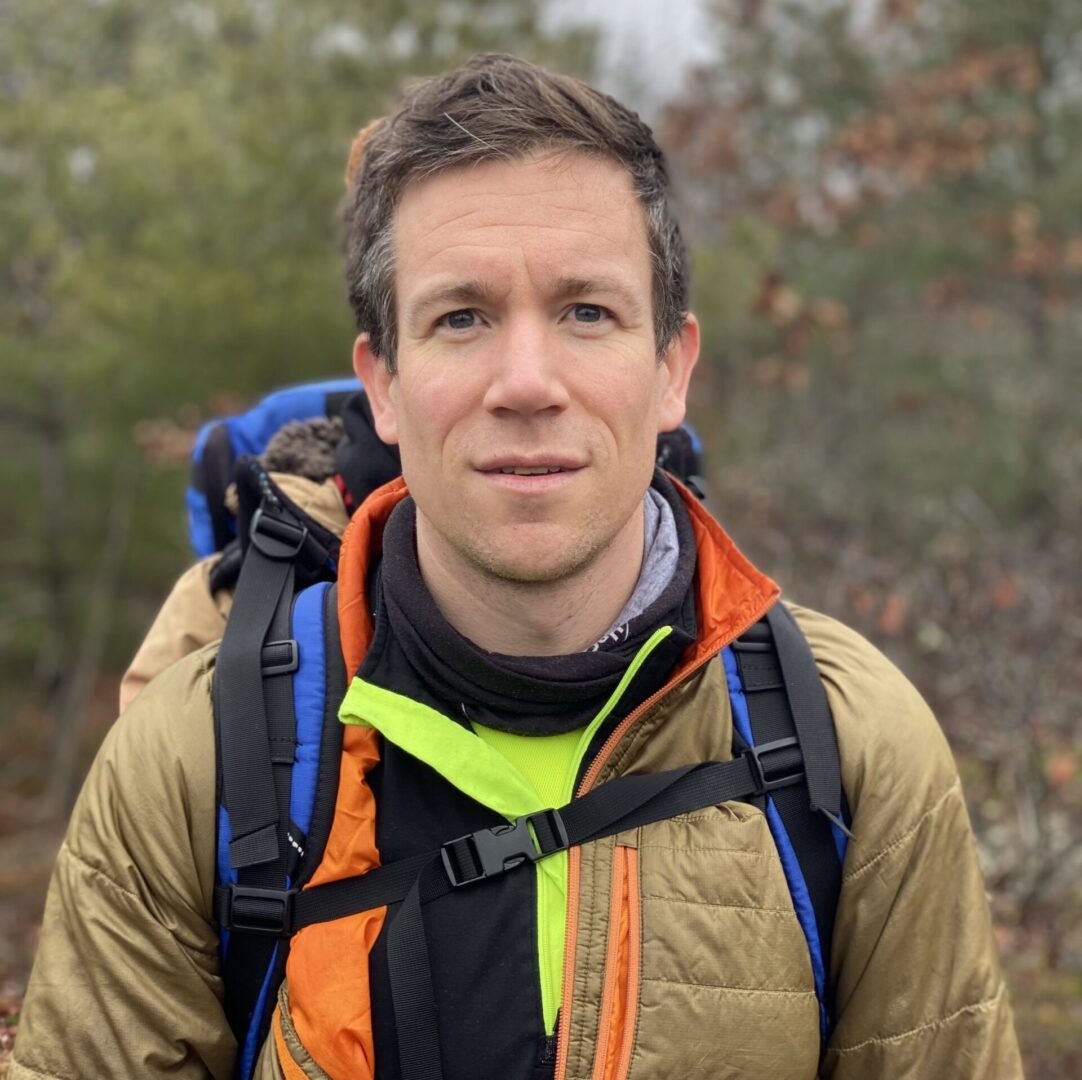
Charlie Dunn
“I have been enjoying the Fells for over a decade – hiking, running, and biking through it. My favorite times in the fells are running through them as part of a work commute as an alternative to driving. It’s a miracle that a third of my route is not only away from roads, but in such a beautiful and wild forest.
I think of the Fells as the best way for our kids to learn about and appreciate and interact with nature, in particular because we don’t have any “wilderness” where we live in Somerville. It is a wonderful, massive, shared backyard for so many people in the area, especially if we all take care of it. During the pandemic, our family hikes in the Fells became a critical weekly tradition, and we have enjoyed visiting frequently ever since.
I am looking forward to bringing my kids to ride their bikes on the fire roads more often as they get more confident off-roading. I am also excited to bike to the Fells more often instead of driving. The proximity to so many people is truly something special about it!
I have yet to visit much of the Fells, but I am savoring the exploration.”
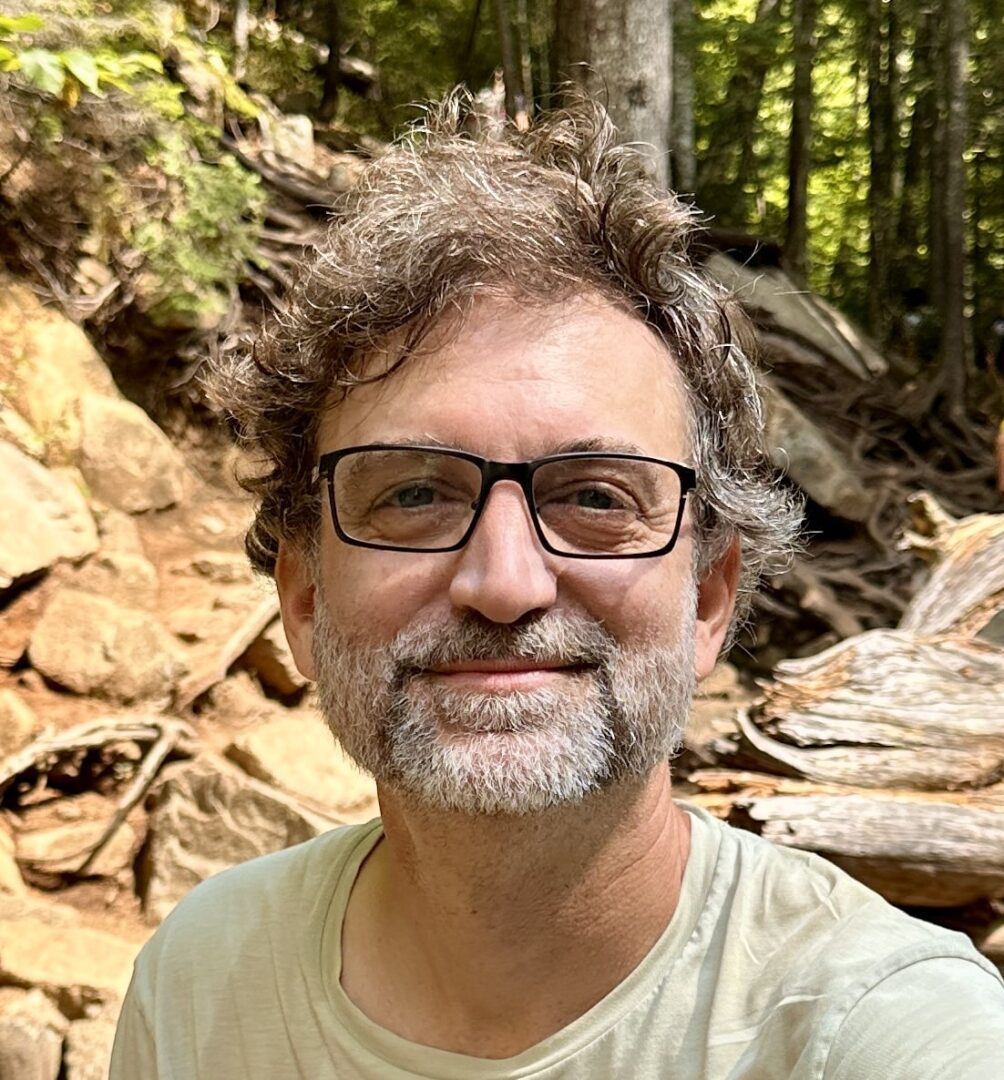
Ken Crounse
“After hiking and enjoying the Fells for many years, I was inspired by reading ‘A Sand County Almanac’ to shift to spending some of my time in the Fells to be more stewardship-oriented. Through FOF, I got involved in the Trail Adopter program and participated in invasive plant removal workdays, where I met a lot of great people and learned more about the challenges faced to sustain this pocket of biodiversity. It’s been great to work with FOF to find new and impactful ways to get more involved, and of course, you will still find me out there enjoying a good hike!”
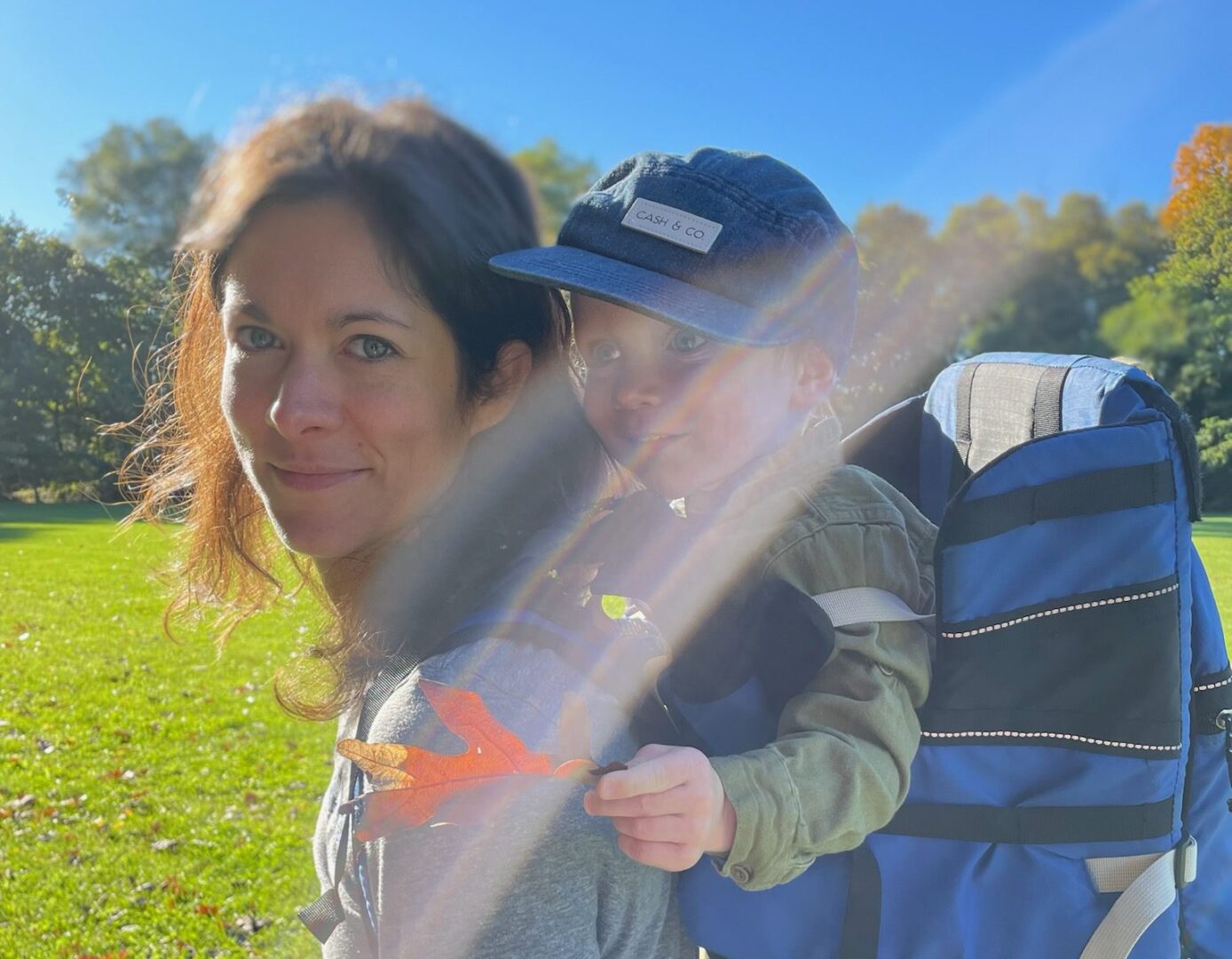
Lisette Roman
“I grew up in a heavily wooded small town in Connecticut, where the woods were my backyard. Now that I’m raising my family in the most densely populated city in New England (Somerville), hiking in the Fells has become a way of ensuring my kids can know, enjoy, and benefit from nature like I did in childhood. For these kids, our hikes have become stepping stones to camping and soon to canoe camping. A tip I wish each parent knew is that taking your kids into the wilderness is some of the easiest parenting you’ll do.
I’m not an avid anything when it comes to the wilderness, but I’m a great first follower. Luckily, I have a partner and friends whose interests and expertise I trust. They give me the privilege of wandering around these woods fairly mindlessly, enjoying being exposed to a bit of majesty.”
